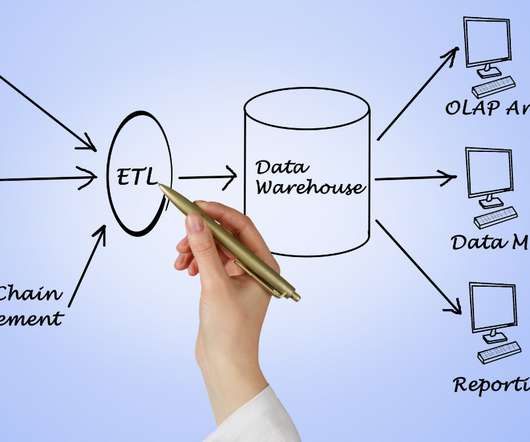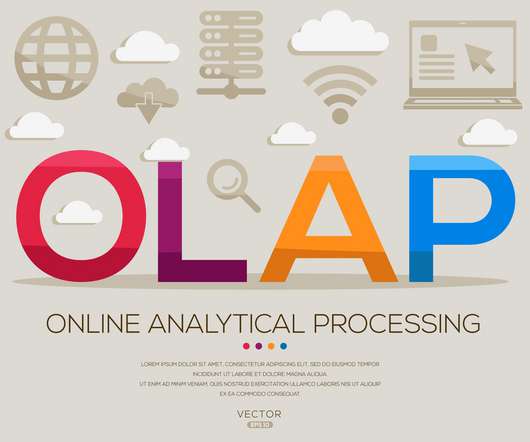Essential data engineering tools for 2023: Empowering for management and analysis
Data Science Dojo
JULY 6, 2023
Data engineering tools offer a range of features and functionalities, including data integration, data transformation, data quality management, workflow orchestration, and data visualization. Essential data engineering tools for 2023 Top 10 data engineering tools to watch out for in 2023 1.












Let's personalize your content